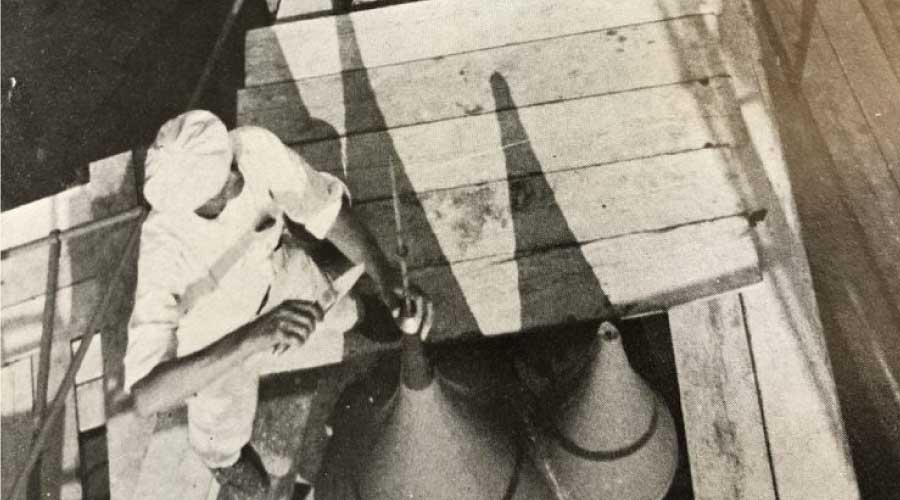Report Spotlights Courthouse Access
A new report submitted to the U.S. Access Board on Wednesday provides design guidance and best-practice recommendations for achieving access in courthouses, including courtrooms.
A new report submitted to the U.S. Access Board on Wednesday provides design guidance and best-practice recommendations for achieving access in courthouses, including courtrooms.
The Courthouse Access Advisory Committee, which the board organized to promote accessibility in the design of court facilities, examined design issues in-depth, toured different types of courthouses across the country, and crafted solutions designed to ensure access without compromising traditional features essential to courthouse design.
A leading focus of the committee was access to courtrooms, which feature a variety of elevated spaces, including witness stands, jury boxes, and judges' benches. The report includes detailed recommendations on providing access to these and other courthouse spaces. This guidance is applicable to all types of courthouses at all levels of government. While focused on the design of new facilities, the report also can be used as a resource in the retrofit of existing facilities.
Access to courthouses remains a problem, even in the design of new facilities, due to a lack of information and awareness. Design features essential to courthouses, particularly courtrooms, pose challenges to access that are not adequately addressed by existing resources.
The recommendations will supplement accessibility guidelines the board maintains under the Americans with Disabilities Act and the Architectural Barriers Act. Although these guidelines contain provisions specific to courtrooms, many have sought further guidance on how access can best be achieved.
The committee's report includes recommendations that address:
* integrating accessibility into all stages of courthouse design and planning
* courthouse and courtroom entrances, including automated devices that facilitate access through heavy or monumental doors
* access solutions to judges' benches that preserve the security and dignity afforded justices
* effective and economical solutions for providing access to raised witness stands, jury boxes, and clerk stations without disrupting court proceedings
* assistive listening technologies that discretely enhance audio output
* wheelchair seating in spectator areas
* incorporating access solutions into standard design plans for various types of courtrooms, including jury, bankruptcy/hearing, magistrate, appeals, and special proceeding
* signage and wayfinding systems that facilitate access throughout courthouses
* counters and other elements of public service areas
* jury deliberation rooms and jury assembly rooms
* secured areas, including judges' chambers and suites
* holding cells serving courtrooms.
Related Topics:











